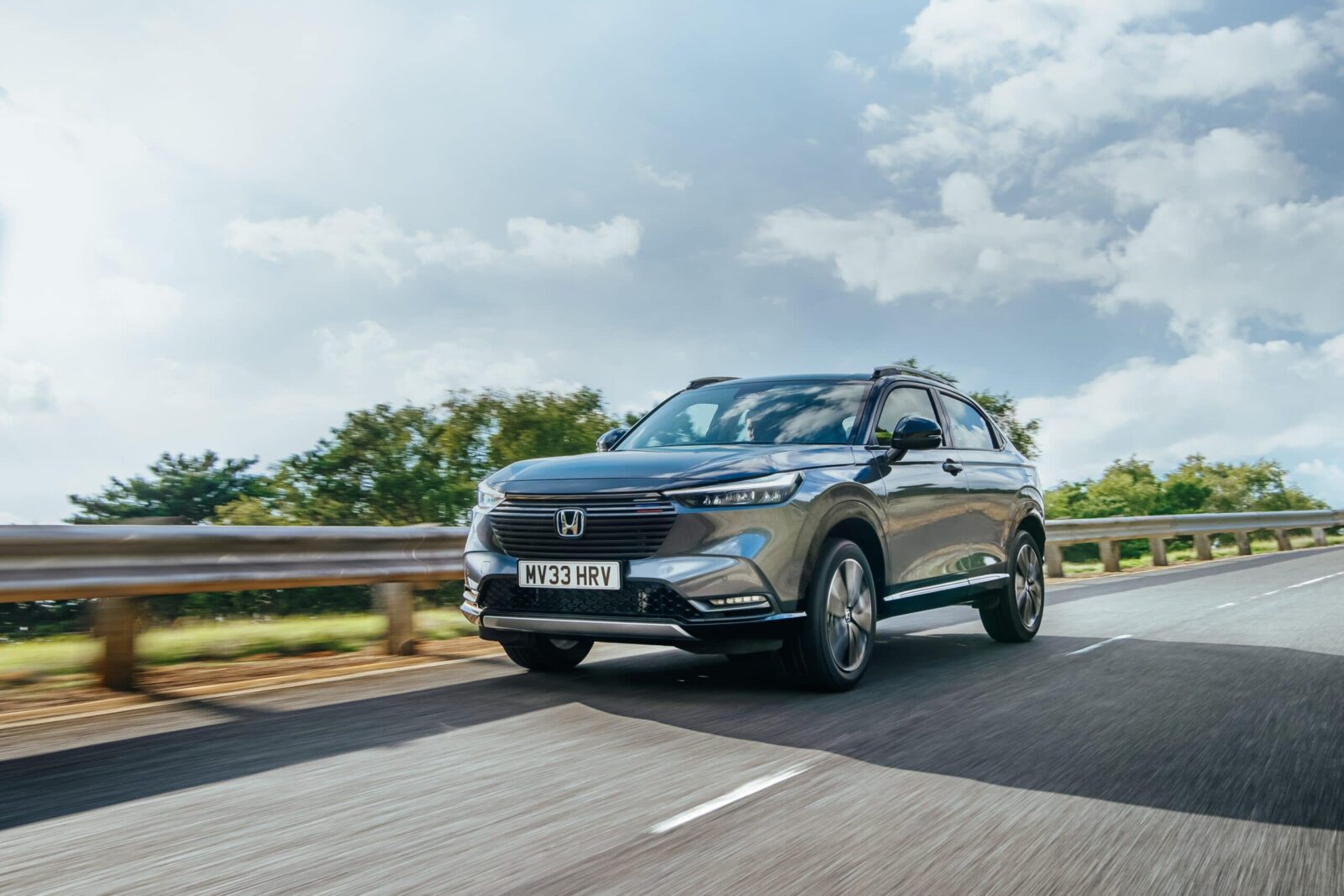Here comes Honda HR-V, the new compact SUV with high dynamic capabilities and the powerful Honda e: HEV engine. A unique driving experience, supported by an improved chassis, comfortable suspension and a more rigid body.
Honda HR-V: the compact SUV of the Japanese brand
The new generation of Honda HR-V, renamed compact SUV of the Japanese company, it is ready to land on the market. It is a vehicle designed to ensure maximum driving comfort. In fact, compared to the previous model, the new the new HR-V provides a stiffer body structure. It also benefits from important improvements to suspension, steering and braking system. All this is aimed at ensuring a more precise response to the driver’s inputs, in order to offer a safer and more enjoyable driving experience.
The SUV is available only in Full Hybrid version with two-engine propulsion system and: HEV (Hybrid Electric Vehicle). The latter, also available on the new Jazz, offers innovative solutions developed over the 20-year history of the Honda hybrid. In order to be fitted to the HR-V, it underwent a number of revisions due to the size and additional mass of the SUV compared to the Jazz. Power and torque have been raised to respectively 96 kW (131 CV) e 253 Nm. The final transmission ratio has instead been reduced to achieve better driving performance.
The e: HEV battery system, providing a higher energy density, allows the engine to generate more power. The number of battery cells was increased by 25%, passing from the 48 and of the Jazz to the 60 of the Honda HR-V. This increased battery capacity allows the HR-V to guarantee driving performance typical of a higher-class SUV. The battery is ideally sized as it not only allows for increased engine power, but is also compact enough not to affect the interior space, so as to offer a totally flat floor.
Comfort and safety are the keywords of Honda’s new SUV
The high driveability of HR-V is given also and above all by the attention to detail of the Honda engineers. For example, the fact that there is an increase in stiffness and resistance to torsion of the steering column, ensures greater fluidity in changes of direction. Cornering is more direct and precise, with a much more linear feeling when maneuvering than the previous generation.
The suspension is also more responsive, with improved friction from the very first input at the wheel. For this purpose the spring offset has been increased to reduce lateral forces on the shock absorber. The latter now also features reduced internal friction. Braking power is ensured by a system that boasts 293mm perforated front discs and 282mm solid rear discs. A bespoke electric brake booster paired with the e: HEV system controls and modulates the regenerative and hydraulic brakes, to deliver a smooth braking feel. Finally, the HR-V’s brake pedal has been positioned with greater attention to reduce driver fatigue on long-distance journeys.
The current platform of the new HR-V has been updated with the use of high-strength steel, for improved body rigidity. Behind the rear pillars a ring structure has been added for further reinforcement of the frame. This allows for greater control over each individual wheel and offers greater ride quality and better dynamic behavior.
To find out, you can visit the official Honda website
















Leave a Reply
View Comments